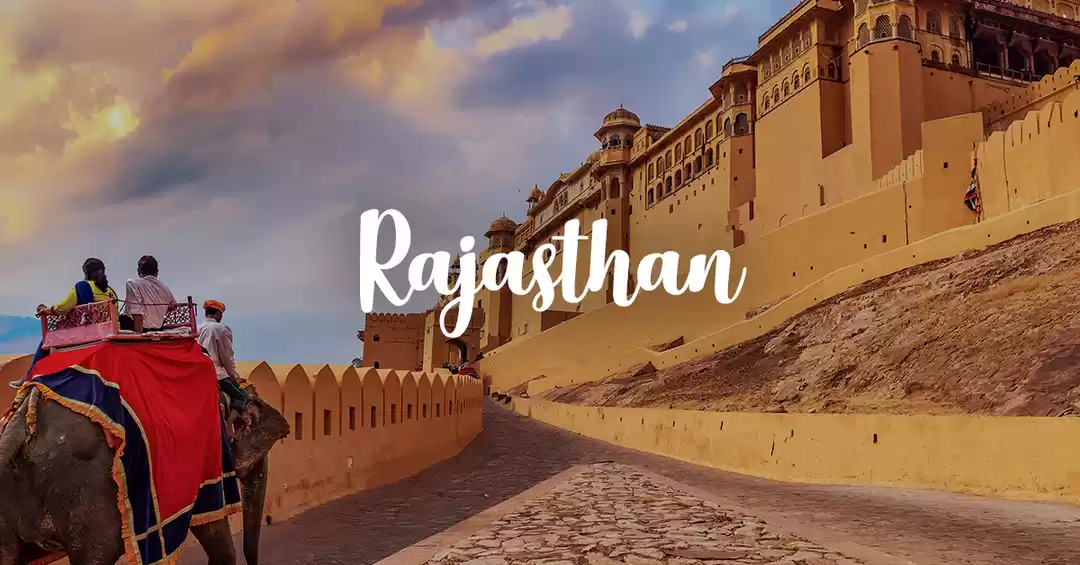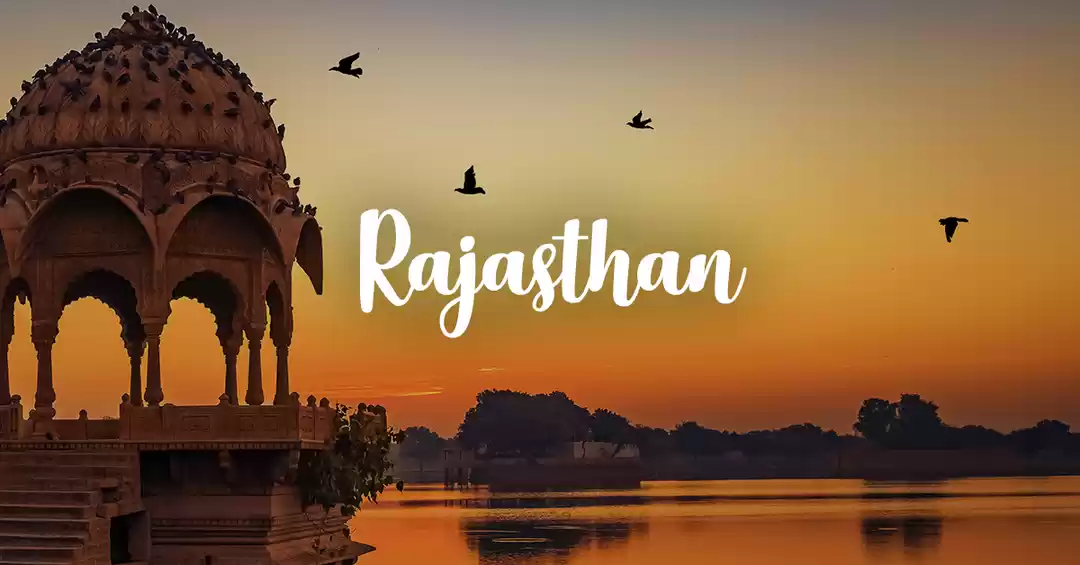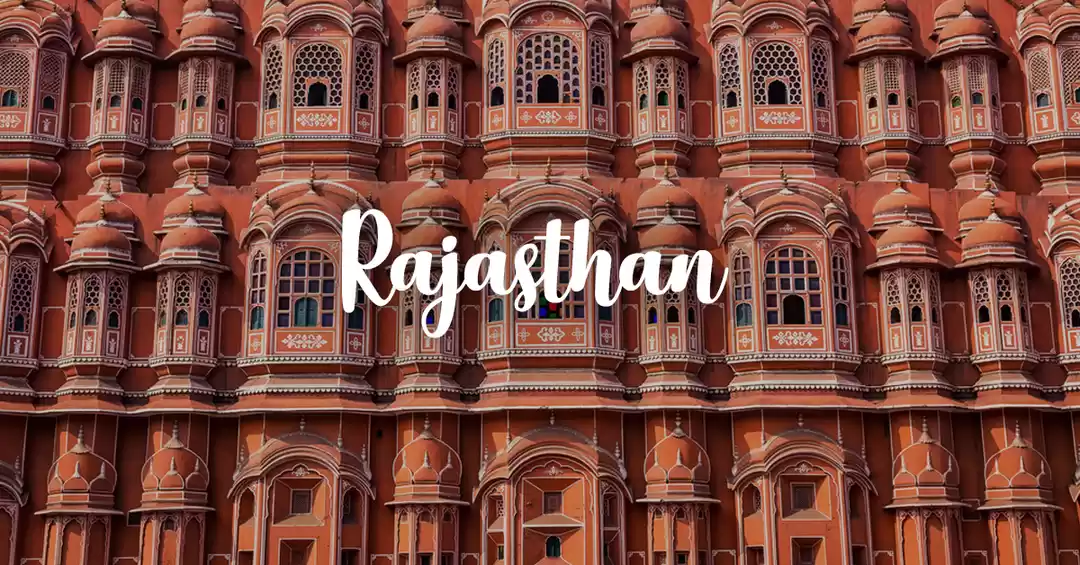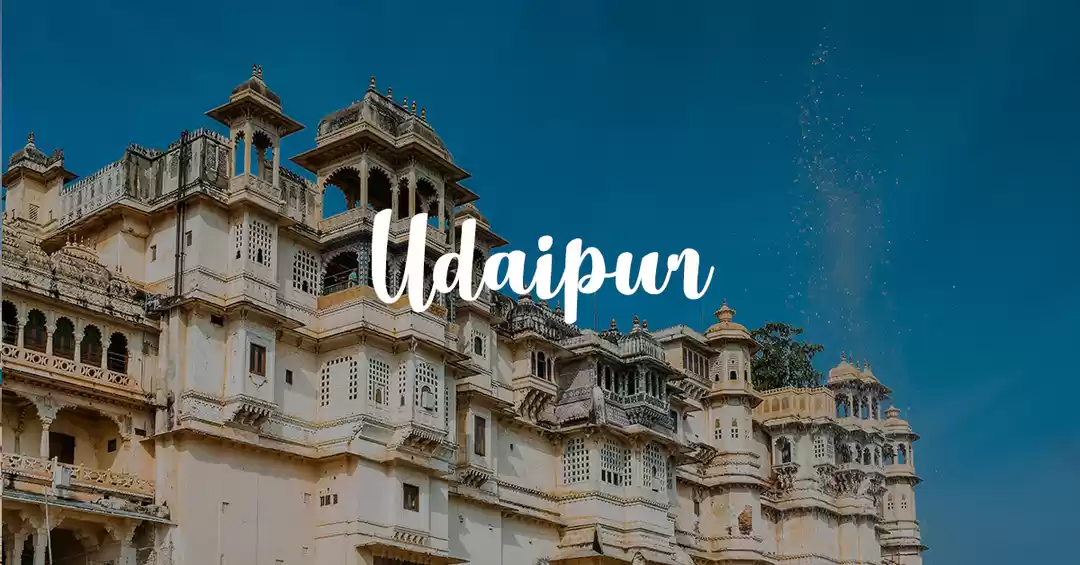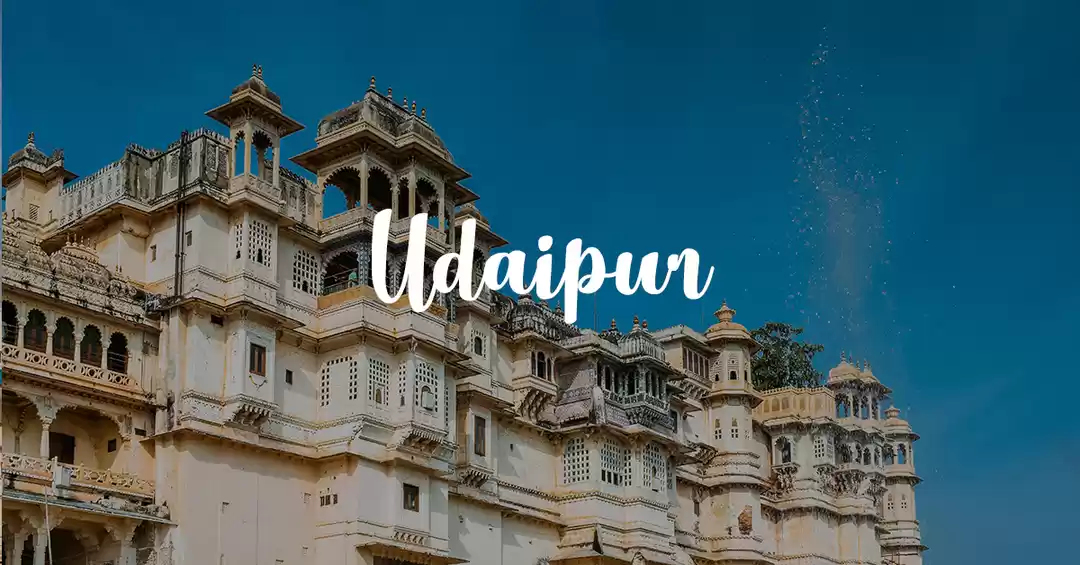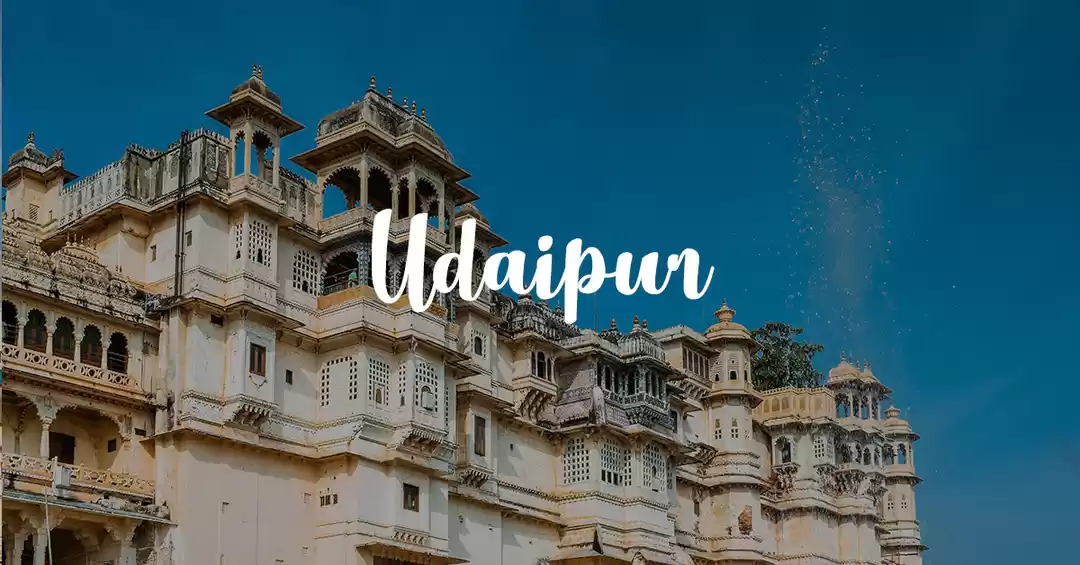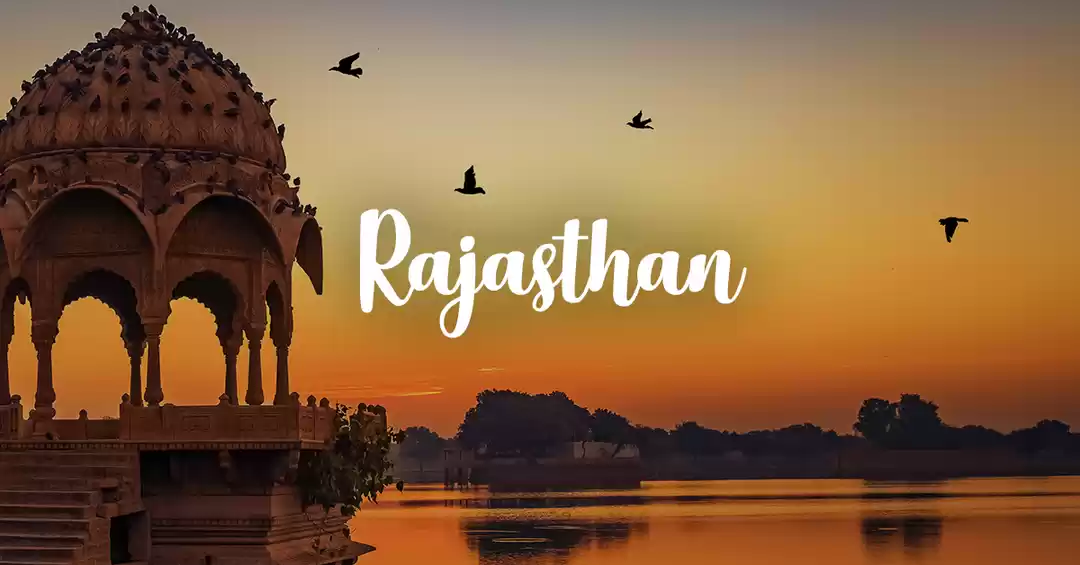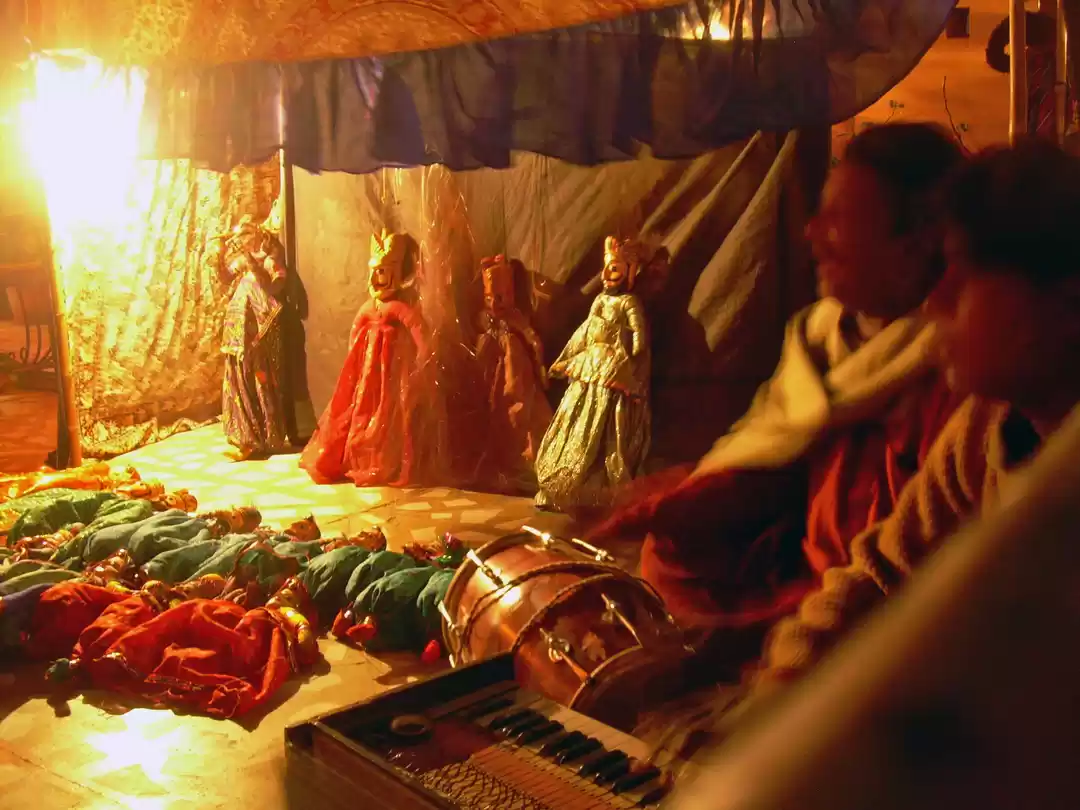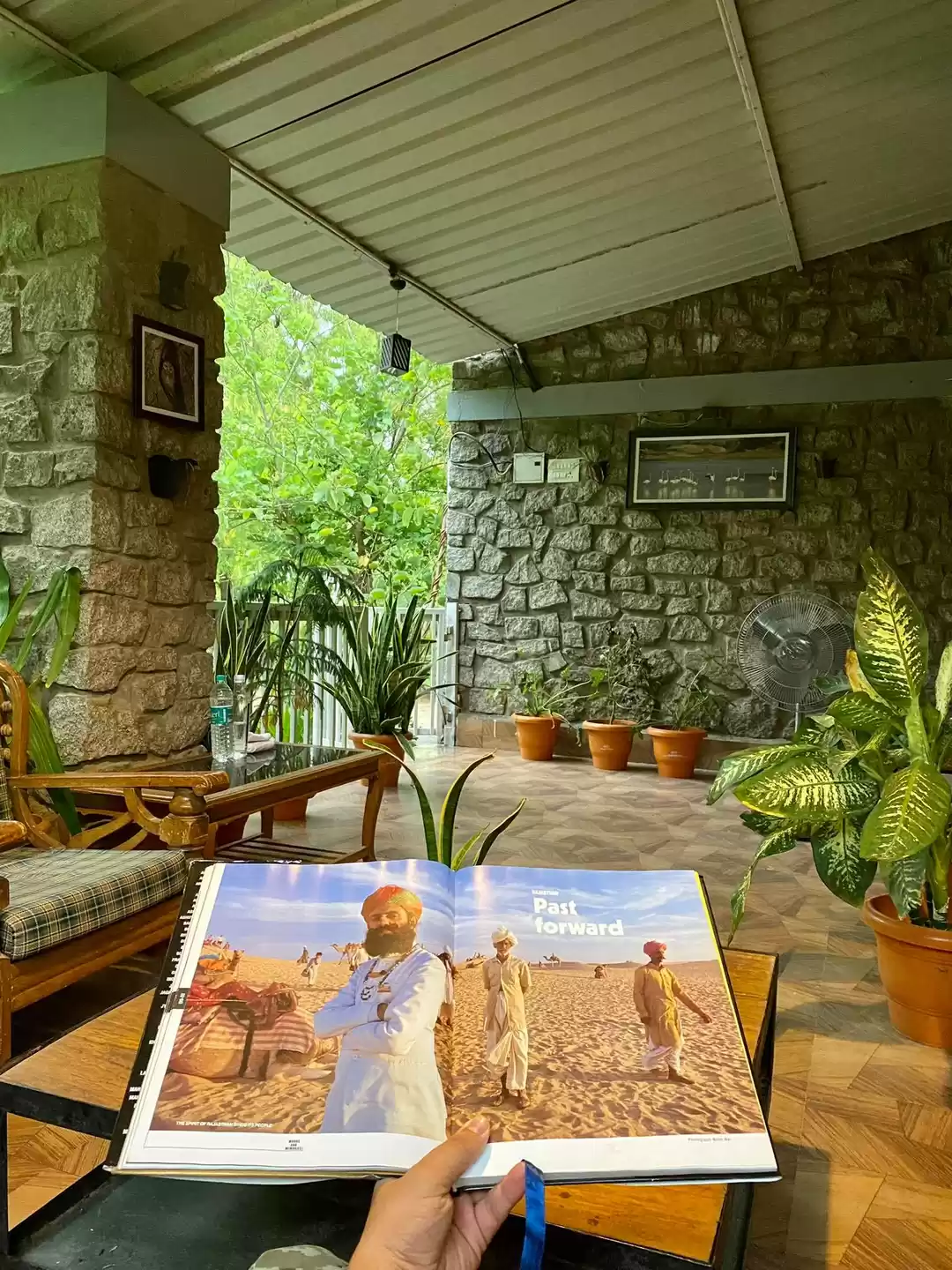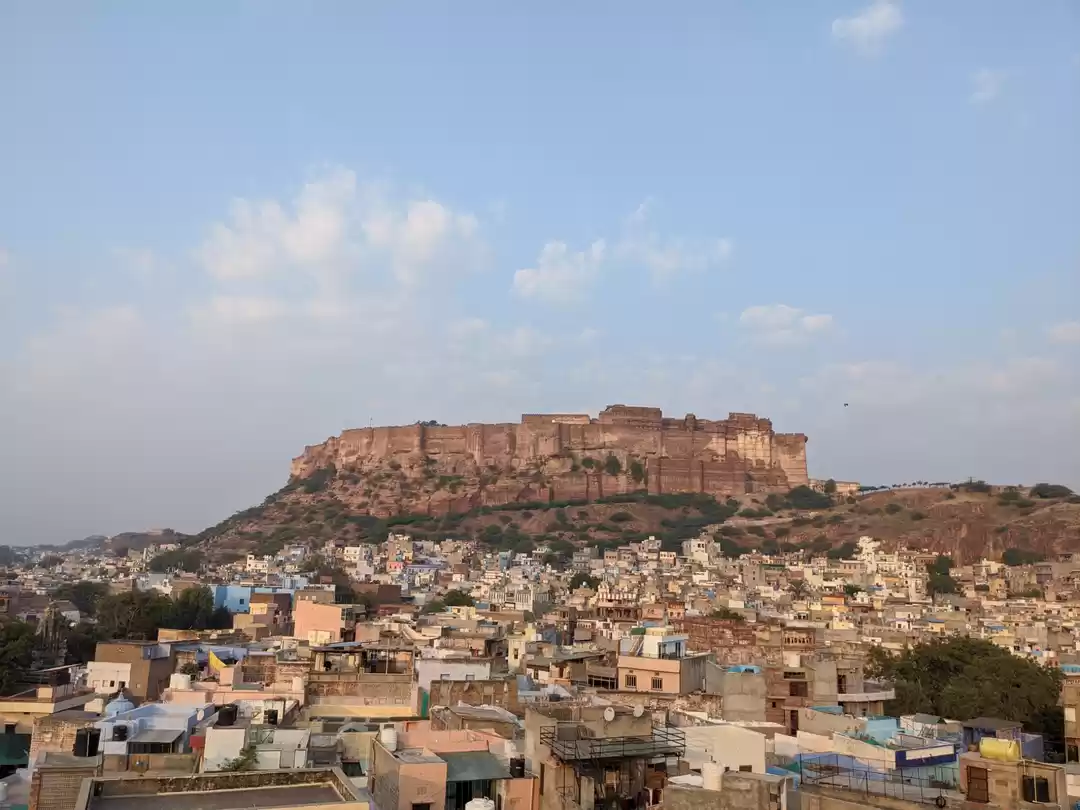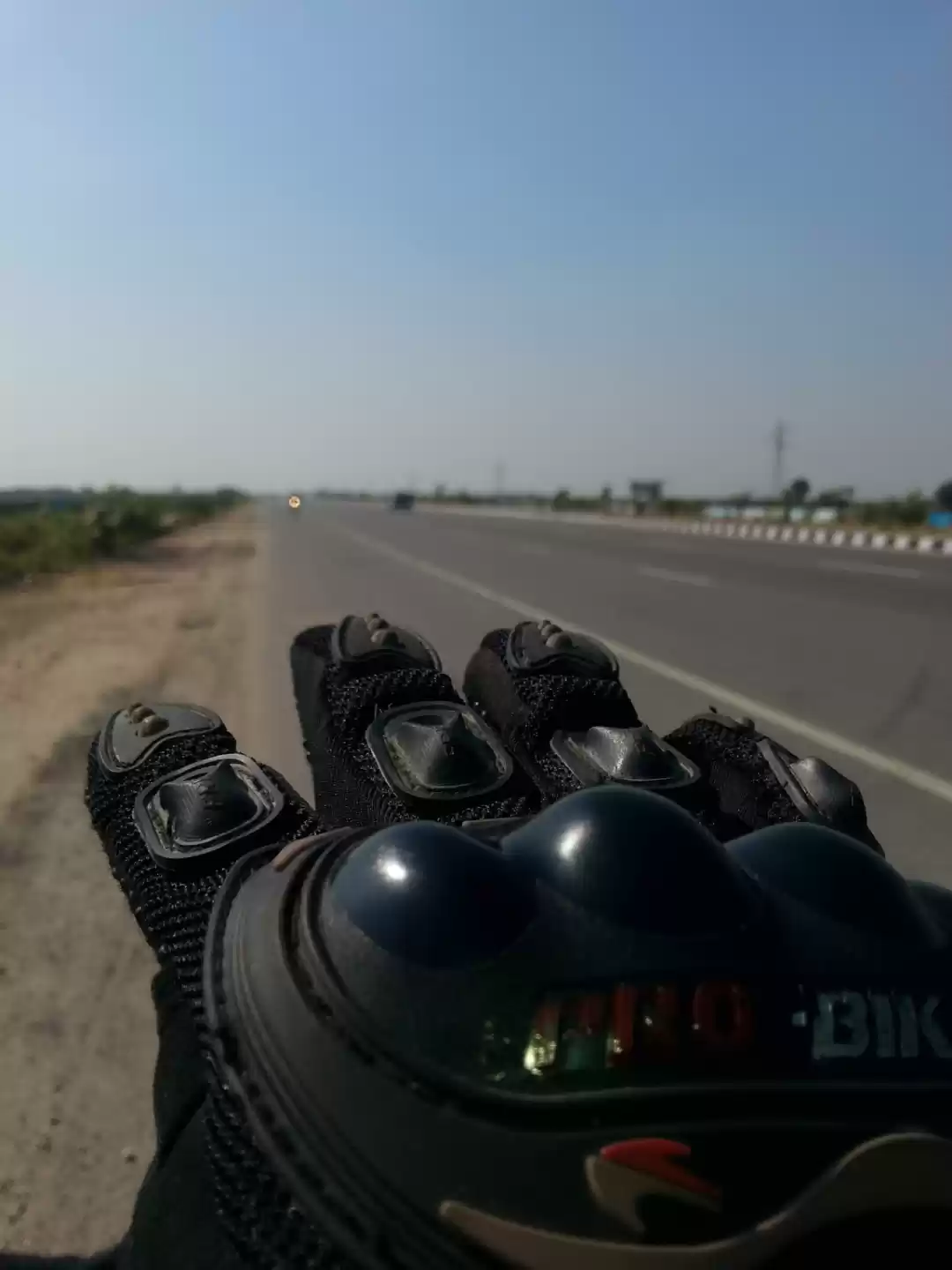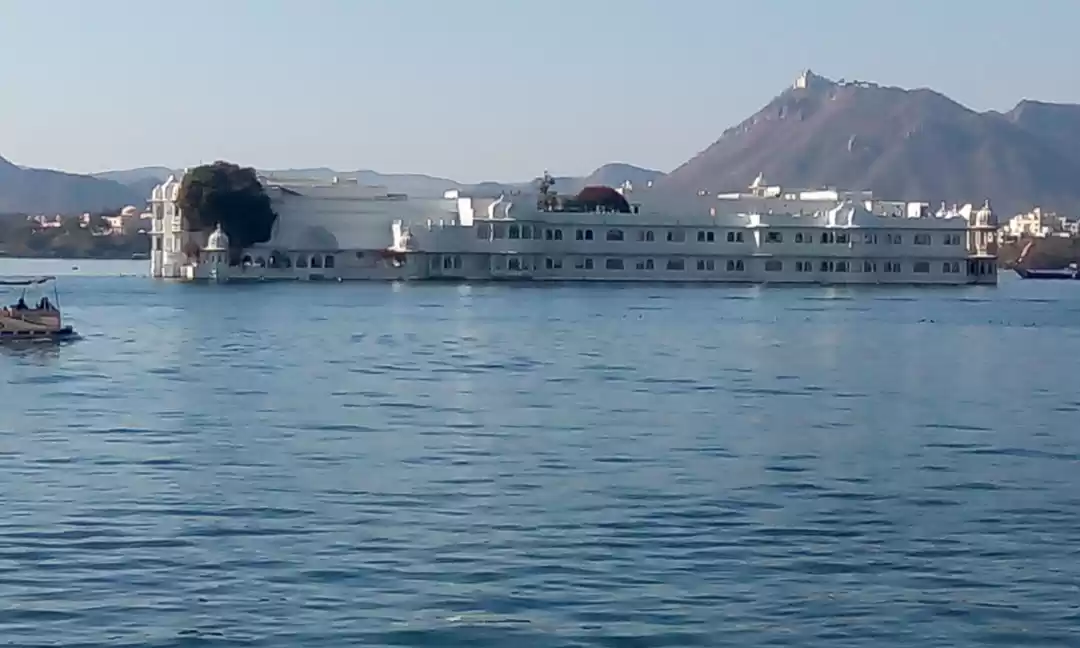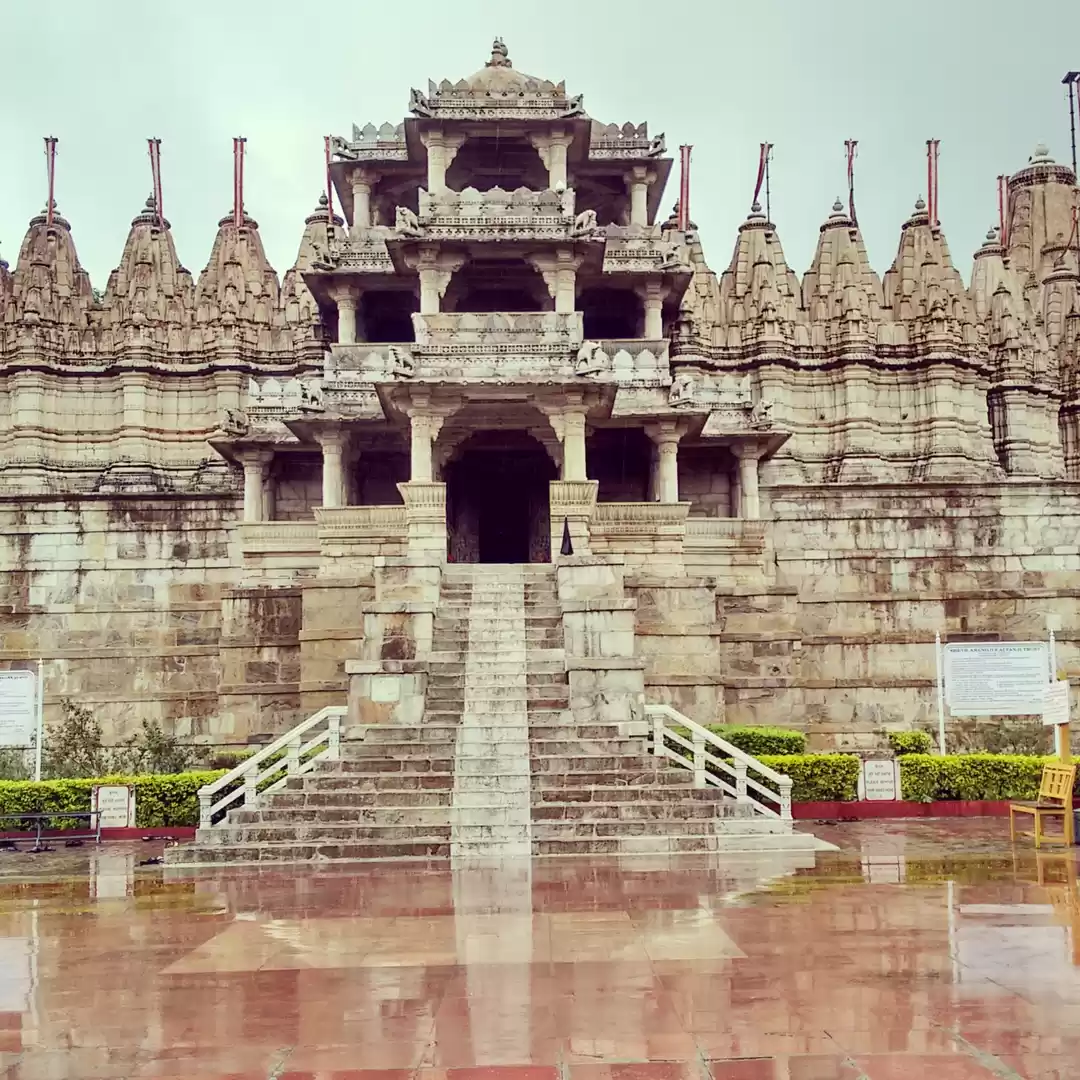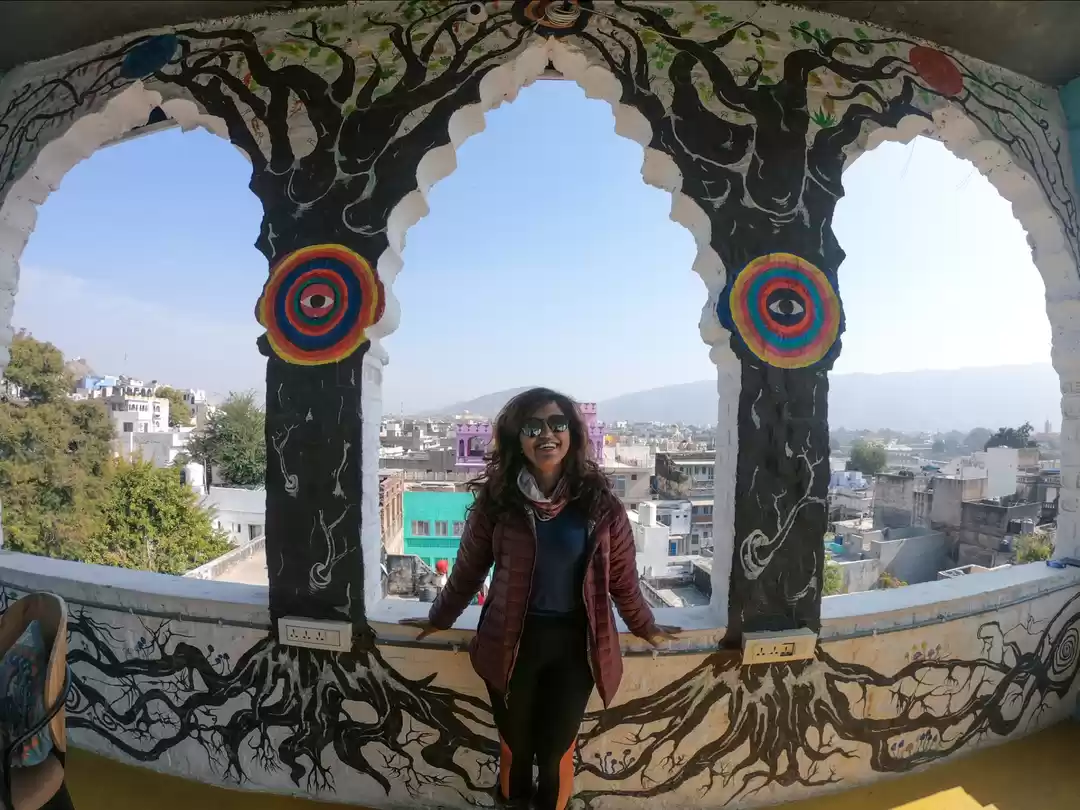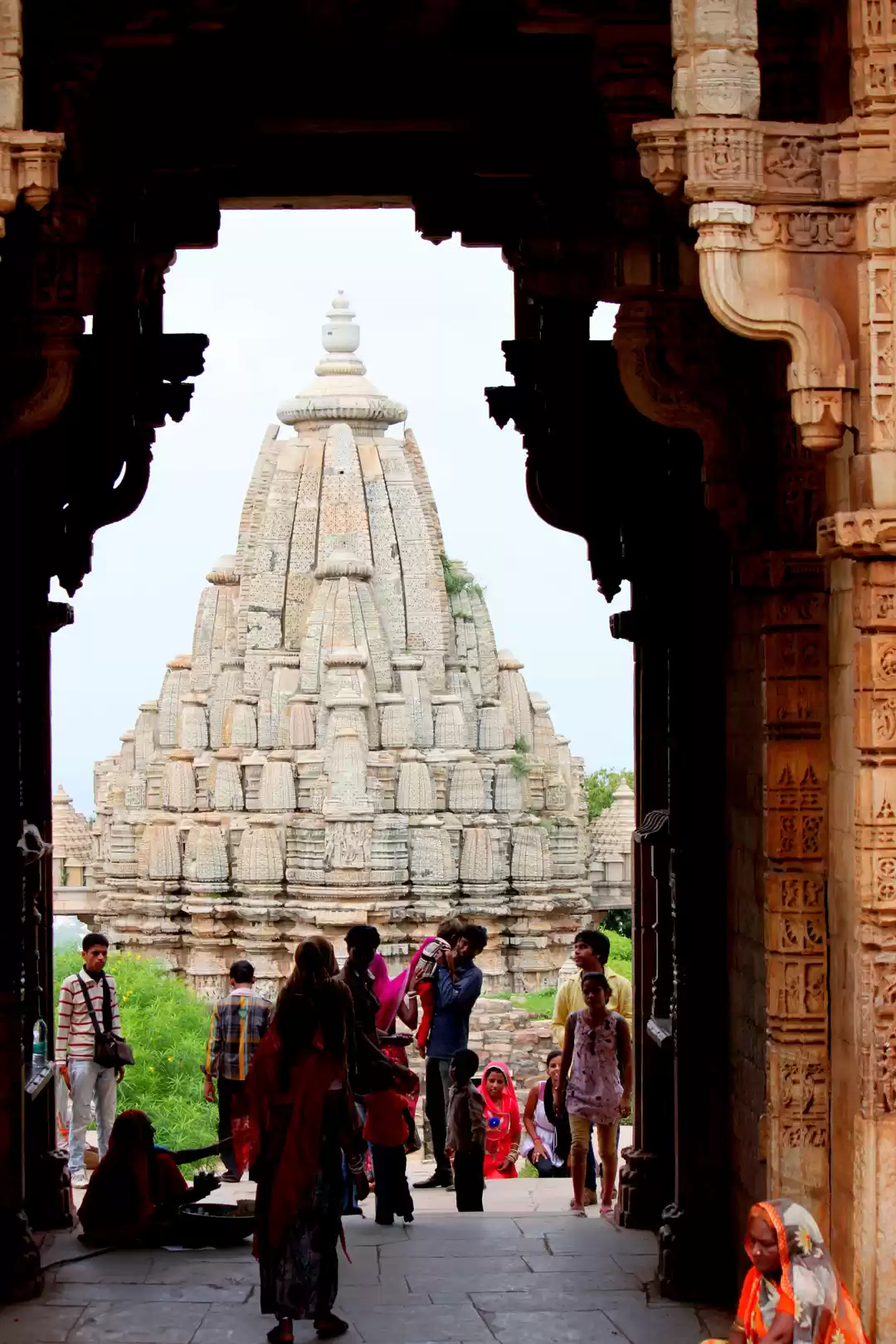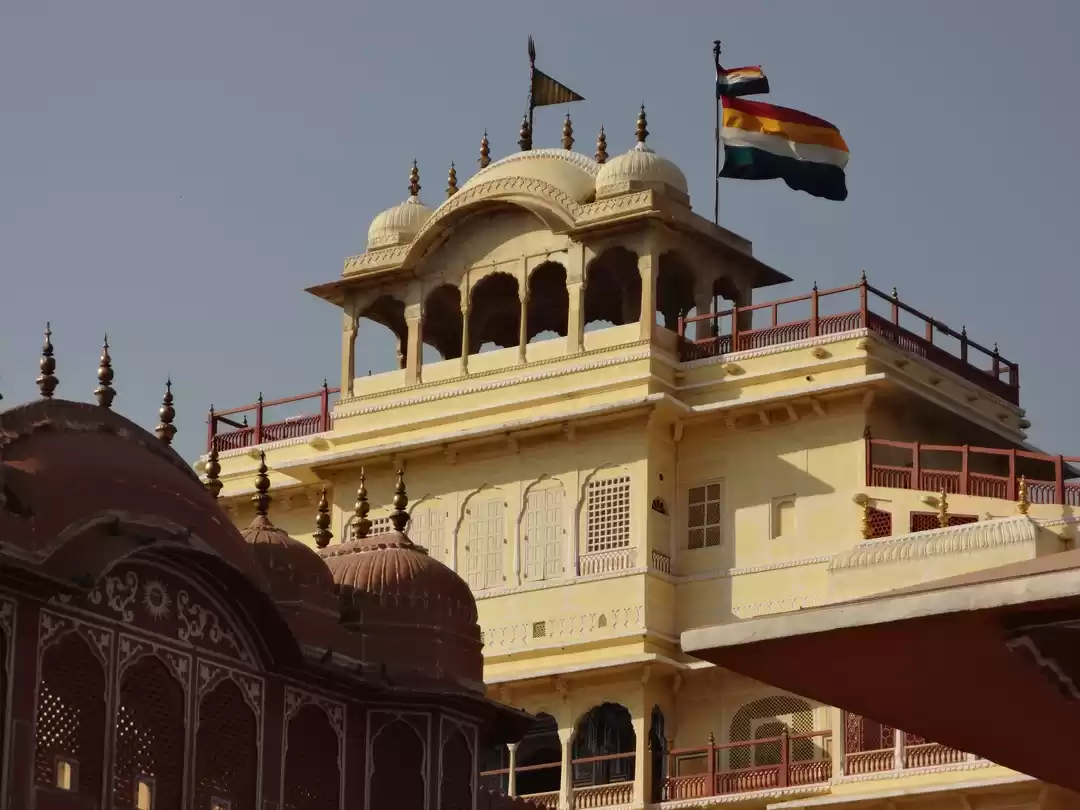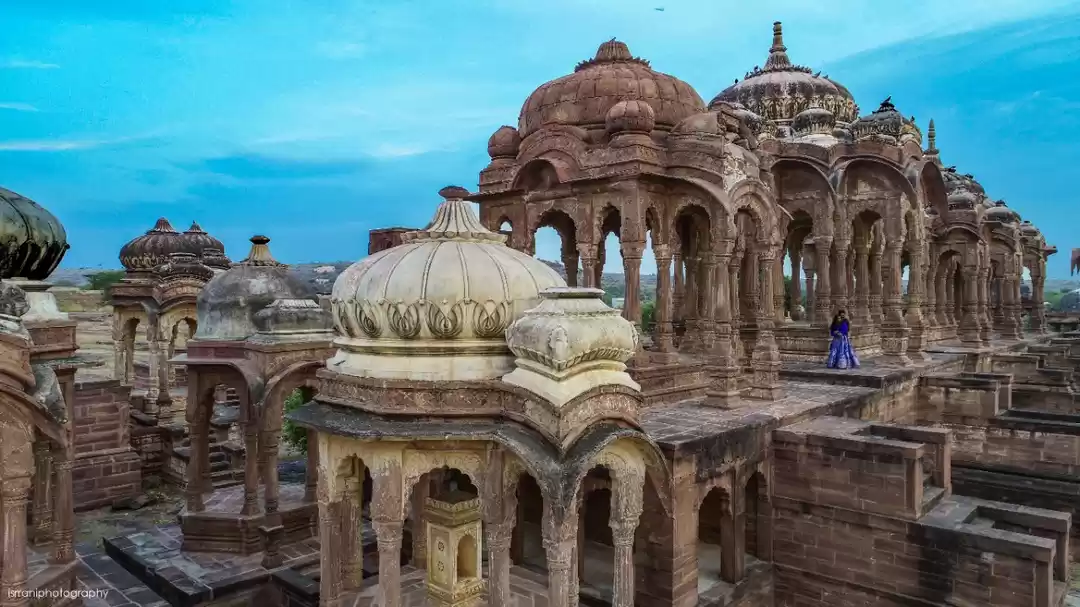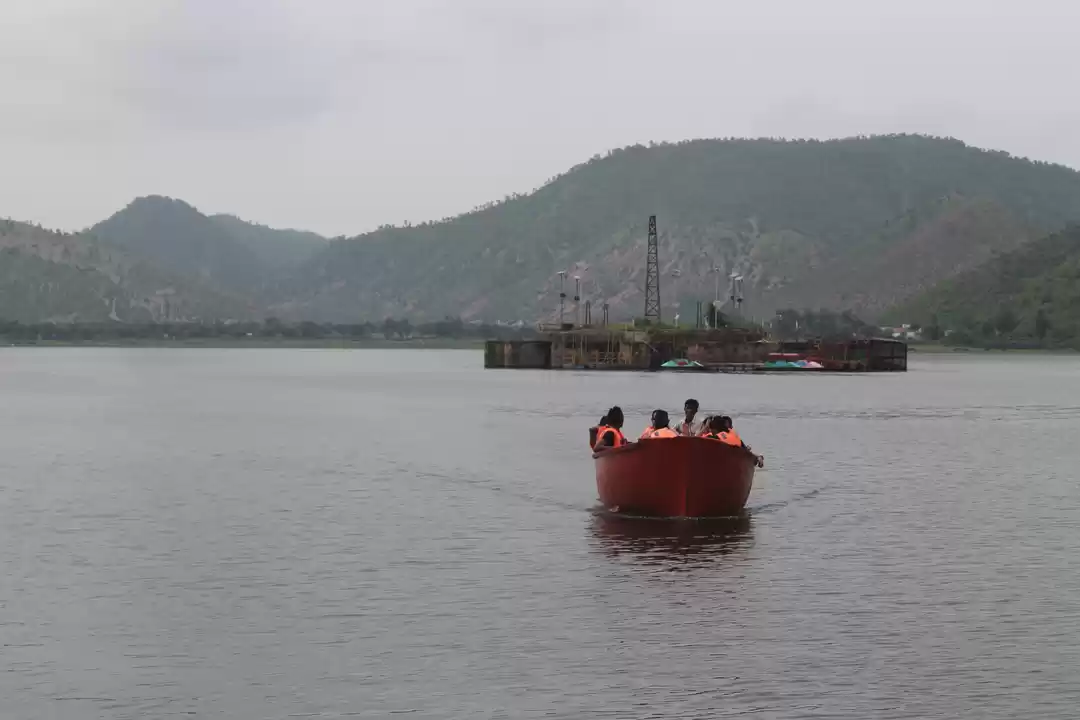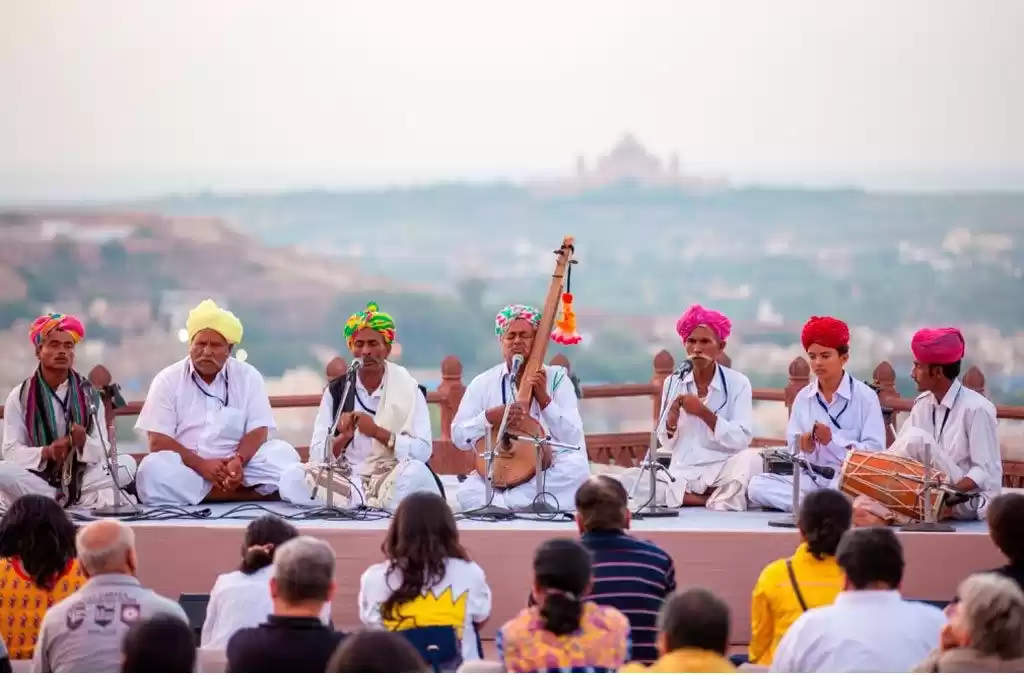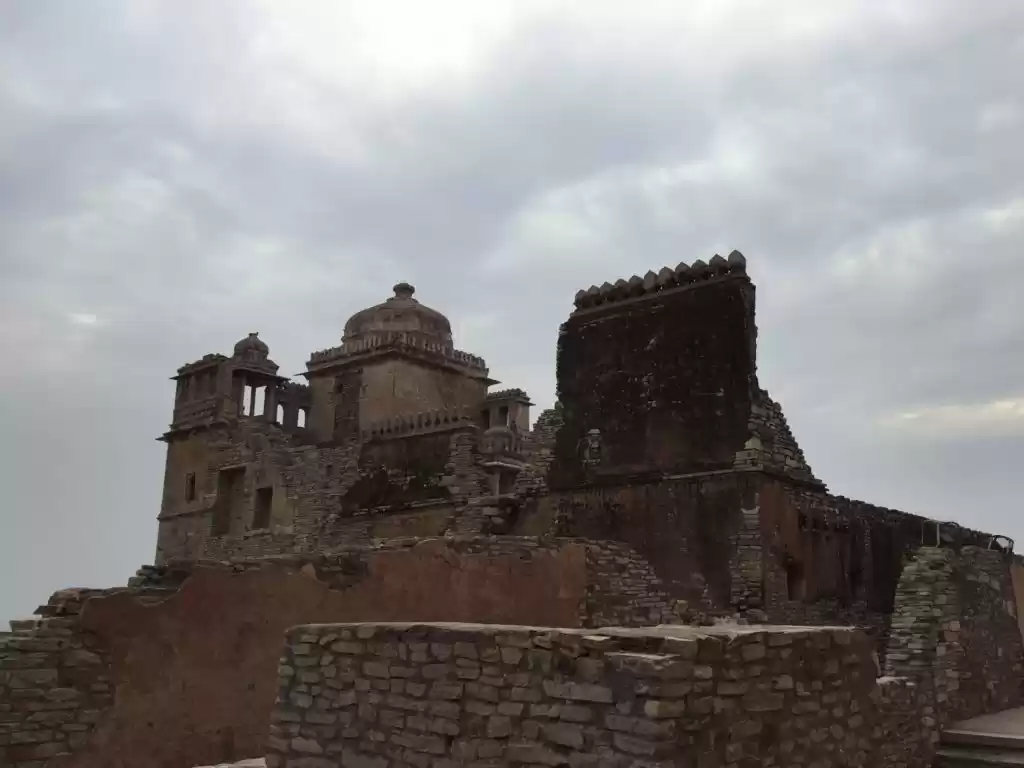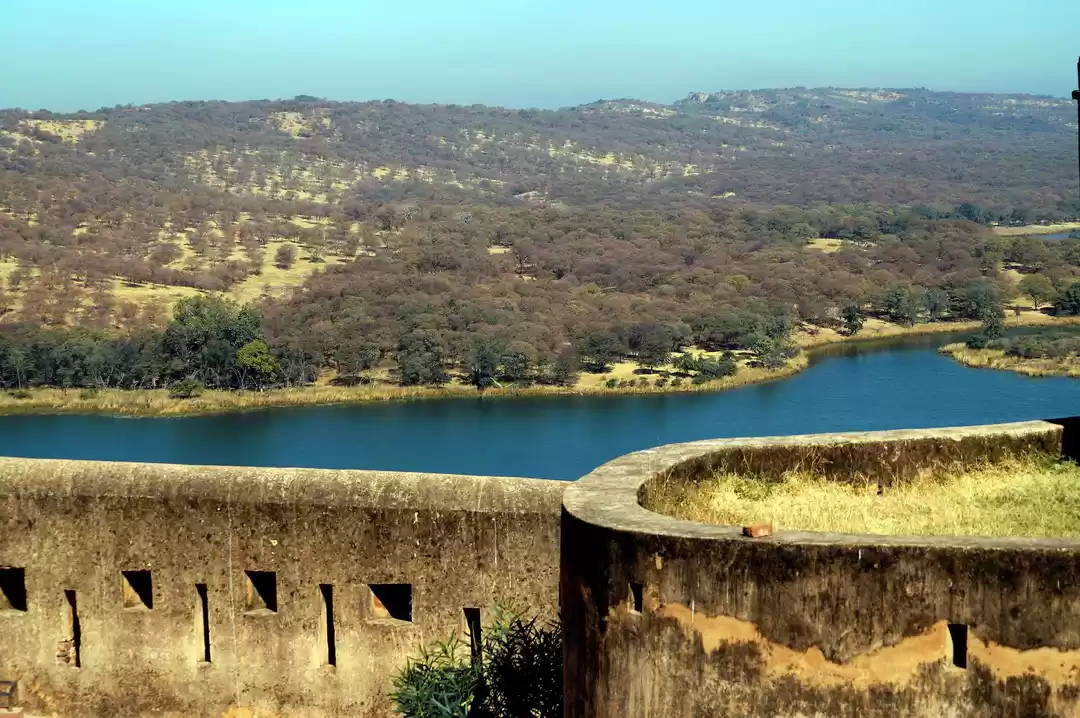

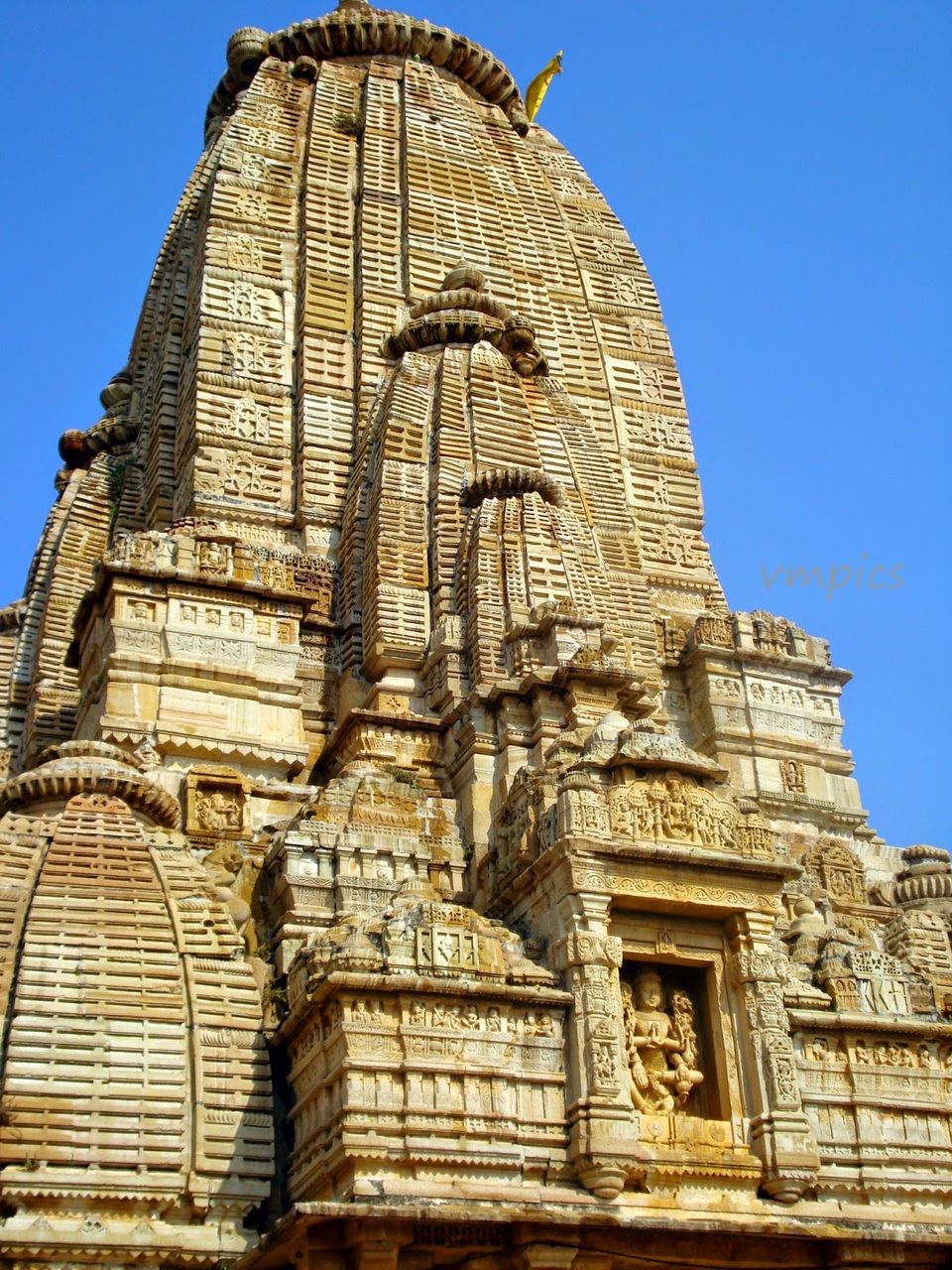
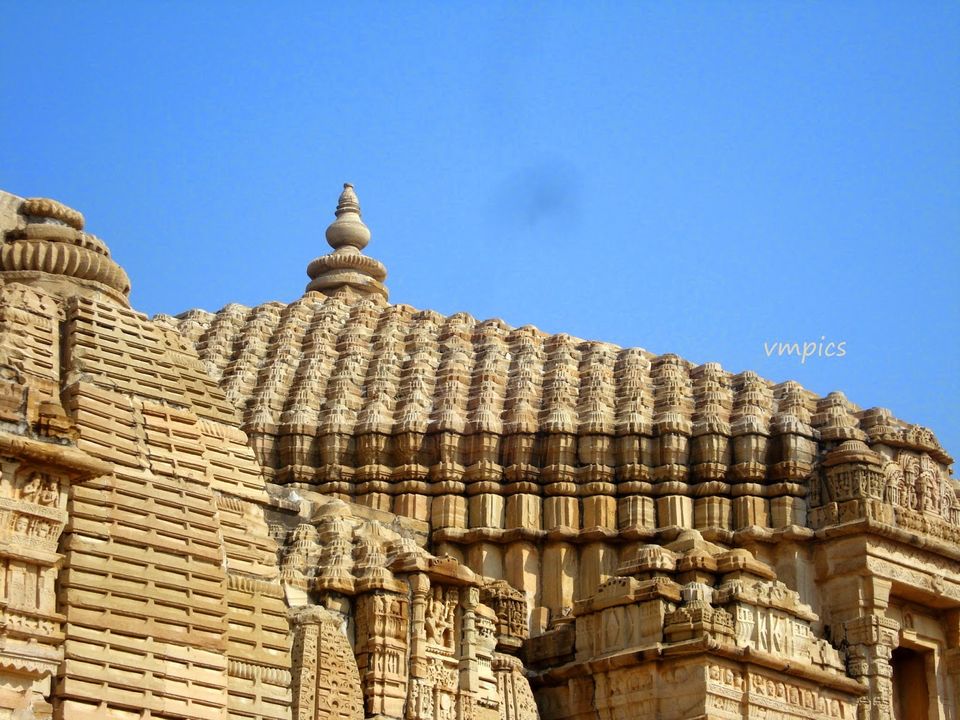






Rajasthan is a land of forts, ruins and stories. These stories speak of the glorious Rajputana to the fall of the great kingdom due to betrayals, greed and internal wars. The stories are not just about the bravery of kings but that of queens too. One such Rajput state was Mewar and one such fort that silently tells the tales of Ranas and Ranis of Rajputana till date is Chittorgarh. Chittorgarh was known for its grandeur in the past, but all that remains now is ruins.
I had visited this amazing place, close to Udaipur, a couple of years back and I am still under the timeless spell this place seems to cast on all. Yes, Chittor is known for the courageous Rana Kumbha, for the daring and beautiful Rani Padmini, for the brave Panaa Dai, for the Princess turned Saint Meera Bai and for the atrocious acts of Alauddin Khilji but this place is like an open book with a lot of missing pages. For example, it is said that the actual fort was built by Maurya’s in the 5th or 6th century and later occupied by the Rajputs somewhere around 11th century. But there is no record of which Rajput king actually claimed the fort or what happened to the Maurya’s of Chittor. The current ruins have no traces of the Mauryan Chittor but what remains is what Rana Kumbha made and his successors could preserve after the three sieges of the fort between 15th and 17th century A.D.
The largest structure of Chittorgarh Fort is Rana Kumbha’s Palace. Though now a structure of broken walls and pile of stones, the palace was a three storied one back in the days. And even from the ruins it is fairly easy to figure out how magnificent this palace might have been in its heyday. Tall pillars, underground tunnels and escape routes, chattris, windows with sophisticated carvings are still visible. If you are able to climb some walls of Rana Kumbha Palace, you would get the best view of the city as well as sunset. But stories of Jauhar and fall of the Rajput during the first siege from the guides of Chittor is what will keep you captivated and also curse some characters of the past.Close to Rana Kumbha Palace are two temples - Kumbhashyam Temple dedicated to Vishnu and a smaller temple called the Mira Bai Temple. Kumbhashyam was built by Rana Kumbha and has intricate carvings on the walls and pillars, all depicting verses of the Vishnu Purana. The Mira Bai temple on the other hand was built buy Rana Udai Singh for his aunt, the poet-saint Mira Bai. It is not as elaborate as the Kumbhashaym Temple but has an appeal to it as her bhajans are still played or sung in the temple. The temple unlike the other one, does not have a statue as it is believed Mira Bai always carried her ‘Krishna Murat’ (statue of Krishna) with her where ever she went. Also some believe Udai Singh built this temple to get his Aunt back to Chittor from Dwarka, but Mira Bai never returned as she had left Chittor forever by then.But the most significant structures of the fort are the Kirti Stambh and the Vijay Stambh aka the Victory Tower. The Kirti Stambh (Tower of Fame) was built by a Jain Merchant in the 12th Century, about 300 years before the Victory Tower. It is believed to be the only surviving ‘not from Rajput era fort, structure and has inscriptions of teachings of Jainism. On the other hand Vijay Stambh was built by Rana Kumbha to commemorate his victory over Qutub ud din and Mahamud Khilji in the 15th century. Rana Kumbha wanted this tower to be taller than the Kirti Stambh and to be visible from all point of Chittor. Thus this 9 storied tower of 37 meters was made, 4 stories taller than Kirti Stambh and is on the hill that is 500 ft in height – totally visible from far away!
This red sandstone structure has carvings that tell the story of the war on walls and roof of the 9th floor, while other floors are dedicated to history of Rajputana and exteriors have stories from Mahabharata. It also has Allah written on 7 places, which was to make sure no Muslim Invader ever damaged the structure. Impressed by the architecture, Rana Kumbha asked Jaitia, the chief architect to make Jaitia’s figurine or signature too somewhere in the tower. The 5th floor has Jaitia and his 3 sons’ face figurines. The towers have a hollow center and a nearly hollow gallery, therefore they still stand straight after all these years despite the height. (Leaning tower of Pisa could have taken some inspiration!)
Rani Padmini Palace, though is another famous structure of the fort, the current structure is just a reconstruction of the original one and not even open to commoners. In the olden days it was believed to be in the center of a lotus pond but today it is surrounded by a foul smelling stagnant pond. Padmini is the queen whose beauty drove Alauddin Khilji crazy and he attacked Chittor. The signs of destruction are clearly visible everywhere in the fort in form of destroyed temples.
The other prominent structures are the Gaumukh Kund, Kalki Temple, Tridev Temple, Panaa Dai Mahal and the Udai Singh Palace. But the best part of exploring this whole place is just roaming around, listening to the folklore and ballads by Banjaras and locals. Chittorgarh has a lot of guides so in case you have a time crunch it is best to get one, else you could always explore this 13 km long 700 acres fort on your own and listen to the stories the guides have as and when you see one. Be sure to spend time till sunset here – the feeling then is like all the glorious, some not so glorious, tales boil down to reality and finally sink in with the sinking sun! Chittorgarh is a famous tourist place in Rajasthan, but is comparatively less crowded and is totally worth a visit.





